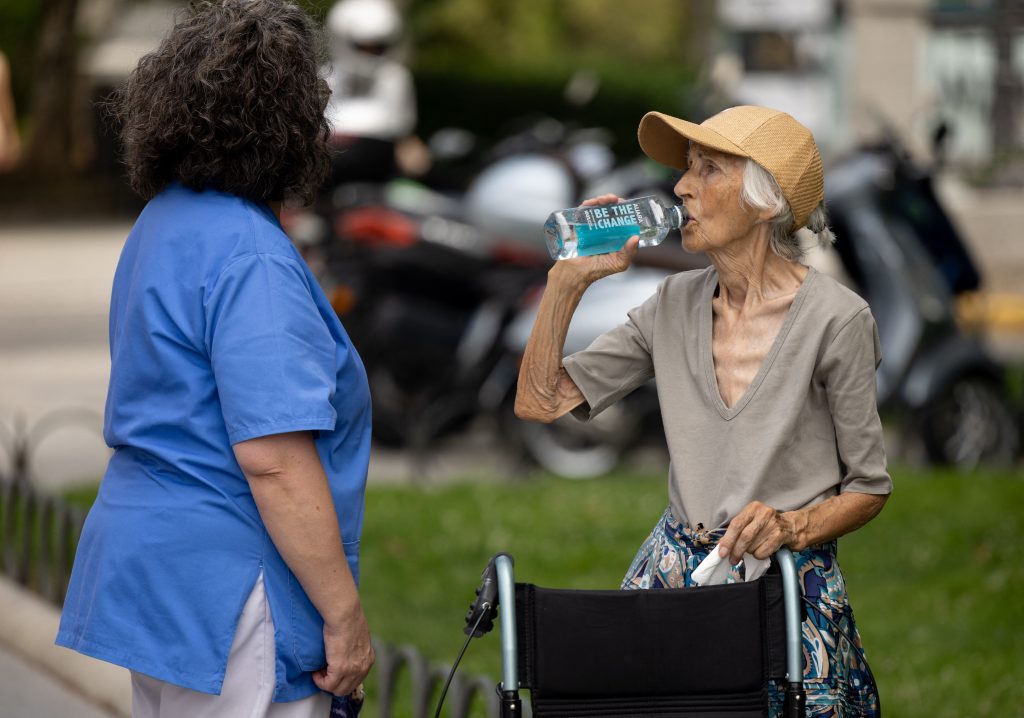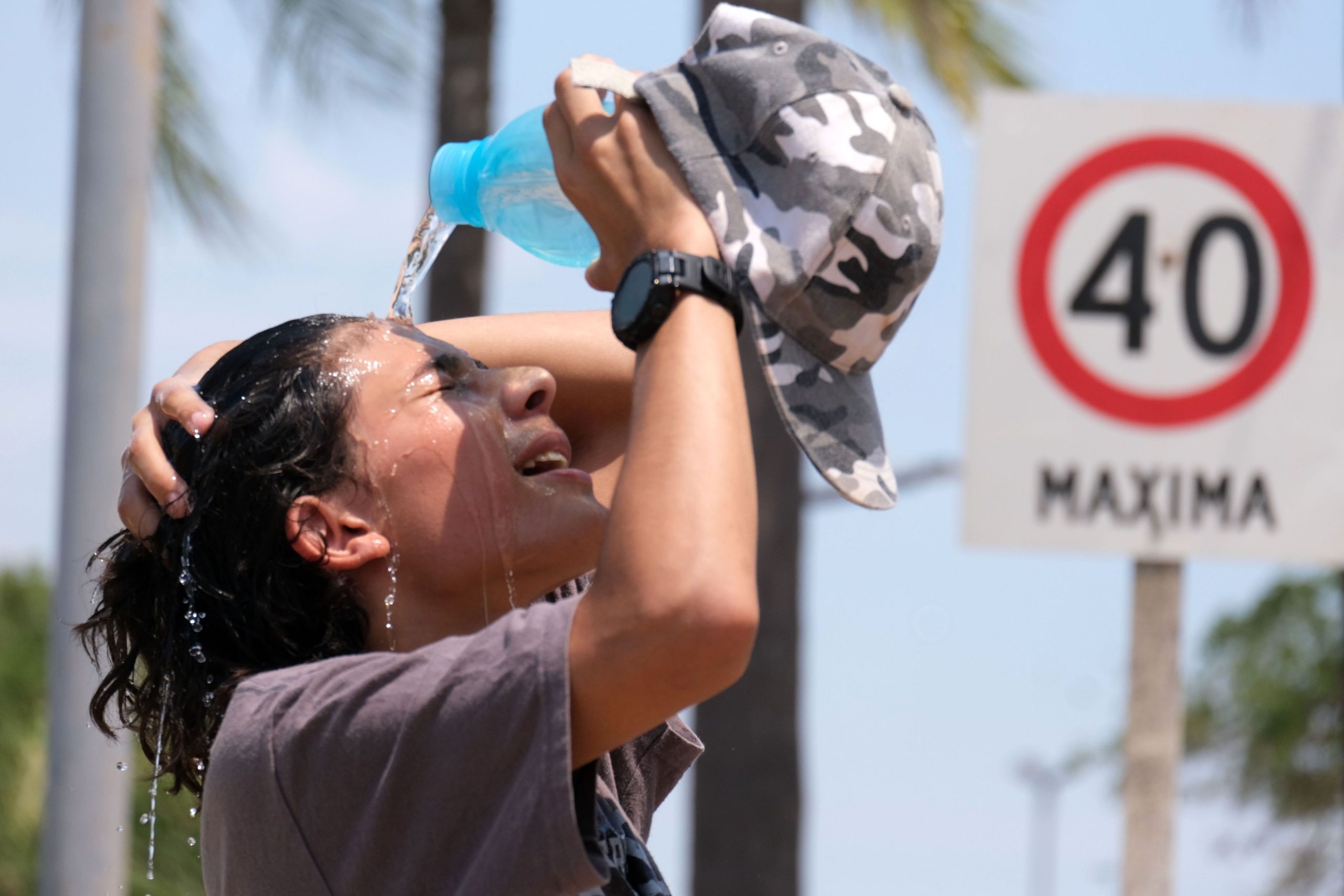Categorizing and naming heat waves
Today, extreme heat kills up to half a million people a year worldwide. Many of these deaths are preventable with appropriate preparation and action during heat waves.
When people are prepared for heat, they can take appropriate action. However, heat’s impacts are often underestimated, with deadly consequences. More effective risk communication and behavior change methodologies are needed to ensure that heat alerts successfully trigger the most effective self-protective actions.
For this reason, the Climate Resilience Center developed the world’s first protocol for categorizing and naming heat waves that was adopted and piloted in Seville, Spain. The proMETEO Seville pilot project launched in June 2022. The project was designed with two objectives: to raise public awareness of the dangers of heat and to promote measures and actions that reduce heat risk.
Because the health risks of heat waves are more severe than any other natural disaster and increasingly common, the Climate Resilience Center is developing innovative, location-specific warning and categorization systems that are centered on human health outcomes.
What are the results of naming heat waves?
Heat waves have been dubbed “the silent killer.” They wreak havoc that is largely unseen, and many people are still unaware of the human and economic consequences of heat waves.
To understand the impact of a health-based categorization and naming system, the Climate Resilience Center piloted and evaluated the impact of the proMETEO project, resulting in peer-reviewed studies.
What is proMETEO Sevilla?
Seville is the first city in the world to both classify and name heat waves based on both health and meteorological data. Under the system, only the most dangerous heat waves were given a name to signify the broad and intense level of risk.

The world’s first named heat wave
In July 2022, the city faced heat wave Zoe: the world’s first heat wave to be officially named in advance of the dangerous heat event. The city identified “Zoe” as the first name by choosing names that were culturally familiar but uncommon; they also made the decision to name heat waves in descending order from the last to first letter of the Spanish alphabet. Since Zoe was designated as a heat wave in July 2022, the city named four other heat waves the following year: Yago, Xenia, Wenceslao, and Vera.
Breaking down the categories
Our team of experts developed an algorithm that could better predict how an upcoming heat event would impact health. In the proMETEO Sevilla system, heat waves were classified into one of five categories. The categories range from “no risk” to “very high risk.” These categories were directly linked to the algorithm to ensure that the historical health and meteorological data could inform forecast weather events. When a heat wave rises to that top category, it receives an official name to signify the elevated health risks.


Preparing and protecting communities
As the system was piloted, it was designed to trigger key responses. In Seville, proMETEO Sevilla focused on a clear communications campaign with alerts and messaging that were triggered at each category. The campaign not only shared news of the heat wave classification, but it also shared clear recommended actions that individuals could take to stay safe during the heat wave.







